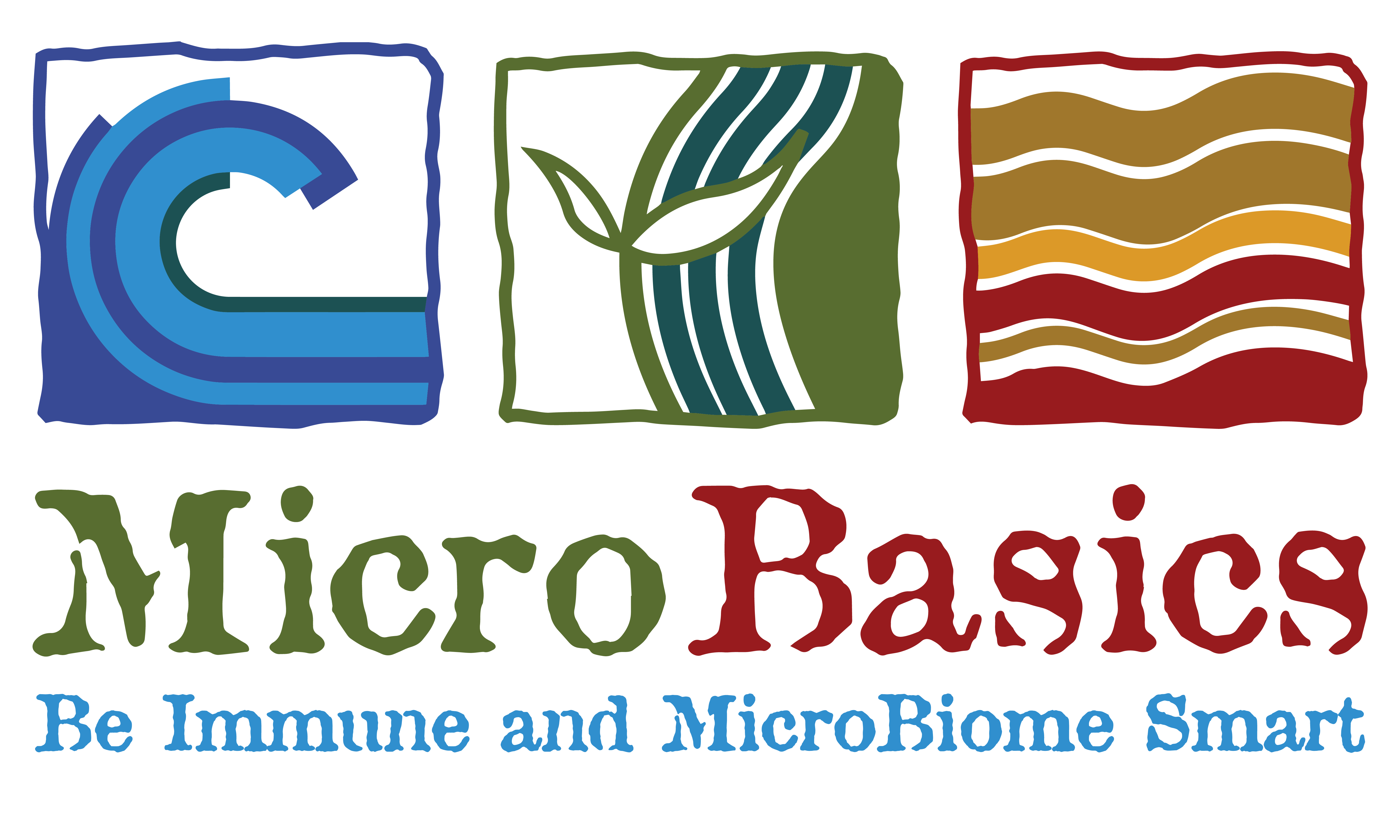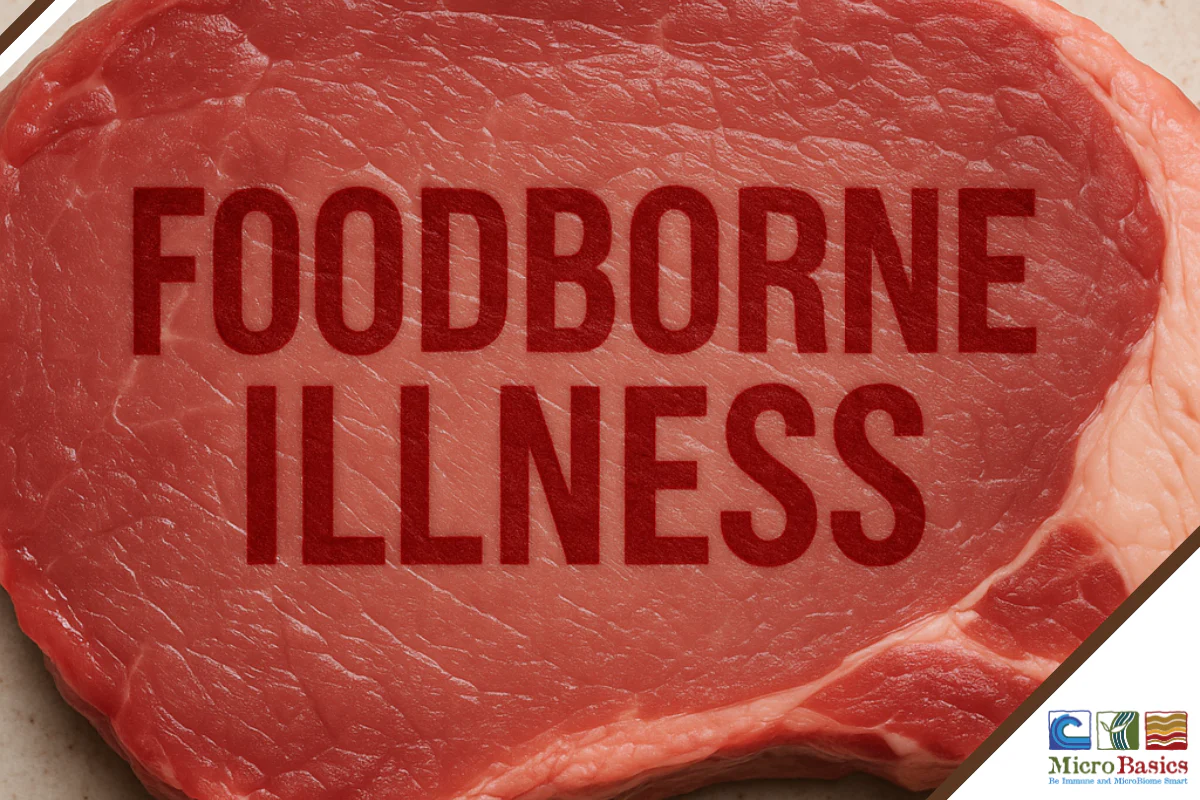The Centers for Disease Control and Prevention (CDC) has identified nontyphoidal Salmonella as one of the top 5 pathogens contributing to foodborne illnesses in the United States. Ground chicken leads the pack when it comes to Salmonella contamination, but ground beef is also a common source of Salmonella outbreaks.
Illness caused by Salmonella is an ongoing issue. Despite the goal to reduce foodborne Salmonella infections as part of the initiative of the Healthy People Objective between 2010-2020, incidence did not decline. In 2008 there were 15 Salmonella infections per 100,000 people and in 2019 Healthy People reported 17 infections per 100,000 people.
Salmonella in Beef Products
Salmonella is known to be a dreaded enteric pathogen causing calf scours, but it is also problematic on the harvesting end of things because of the potential risk to humans. From 2012-2019 it was estimated that beef was the source of 5.7-9.1% of all foodborne Salmonella illnesses, averaging 4 outbreaks, 91 illnesses, and 16 hospitalizations per year.
Foodborne illness outbreaks from Salmonella are most likely to happen in the warmer months of the year, and December during holiday celebrations. Although much of the risk of an outbreak depends on food handling, however, contamination prevention starts at the animal level. Contamination begins when Salmonella from the GI tract comes in contact with the carcass surfaces during slaughter and processing.
Reducing Transmission
– Protect breeding stock from Salmonella infection.
Routine surveillance and testing are key as is removal of infected animals.
-Prevent contamination of feed and water.
This may include heat treatment of feed, incorporation of organic acids, bacteriocins, and or acidifiers to feed and water.
– Implement biosecurity protocols.
– Control rodents, insects, and wild birds.
– Prevent Salmonella infection.
Vaccination and antibiotic use as directed by a veterinarian may reduce the Salmonella load in livestock animals.
– Reduce animal stress.
Stress increases the shedding of Salmonella and increases the risk of infecting other animals.
Segregate herds with high vs. low Salmonella infection rates during transport.
Clean and sanitize containers and trucks used to transport animals.
Improve animal hygiene.
Feeding strategies
A well-established microbiome proves helpful in keeping Salmonella infections at bay. Beneficial microbes competitively exclude pathogenic strains from colonization. However, stress or other environmental factors may contribute to gut dysbiosis which leaves the animal vulnerable to pathogen growth.
Feeding strategies that include binders, probiotics, and prebiotics may help to reduce the pathogen load, and enable the immune system to fight off the remaining offenders, repair any damage done to the gut tissue, and result in a complete resolution of inflammation.
– Antibodies: bind Salmonella through antigen specificity, isotype profile, Fc-gamma receptor usage, and complement activation.
– Probiotics: Bacillus subtilis outcompetes pathogenic bacteria from colonizing the intestinal wall. Bonus, it produces large amounts of digestive enzymes to help with feed conversion.
– Mannan oligosaccharide (MOS): decreases prevalence of intestinal pathogenic bacteria and improves immune defenses.
– Yeast Culture: enhances rumen function, improves digestibility, dry matter intake, and helps relieve heat stress.
– Biologically active polysaccharides: ensure that immune function is at peak performance!
– Zinc Methionine: improved gut mucosal layer, improved feed efficiency, lung and hoof health.
Two of my favorite feed supplements that include many of the strategies listed above are Surveillance Calf and TomaHawk iL. In a study prepared by Alfonso Lago, DVM, Surveillance Calf and TomaHawk iL were found to bind over 40% of Salmonella Dublin, Newport, and Typhimurium at the normal daily feeding rate. Pathogen reduction at the therapy level of both products bound 100% of Salmonella Dublin, Newport, and Typhimurium.
Calf raisers, beef, and poultry producers have the ability to make a huge impact on the level of Salmonella contamination that we have in our food system. Education and resources like Surveillance Calf and TomaHawk iL are necessary for pathogen control if we are going to effectively reduce incidence of contamination and improve meat quality for the consumer.
Written by: Mariah Gull, M.S.
Sources:
salmonella-fact-sheet-2015.pdf
Salmonella Outbreaks Linked to Beef, United States, 2012–2019 – ScienceDirect

